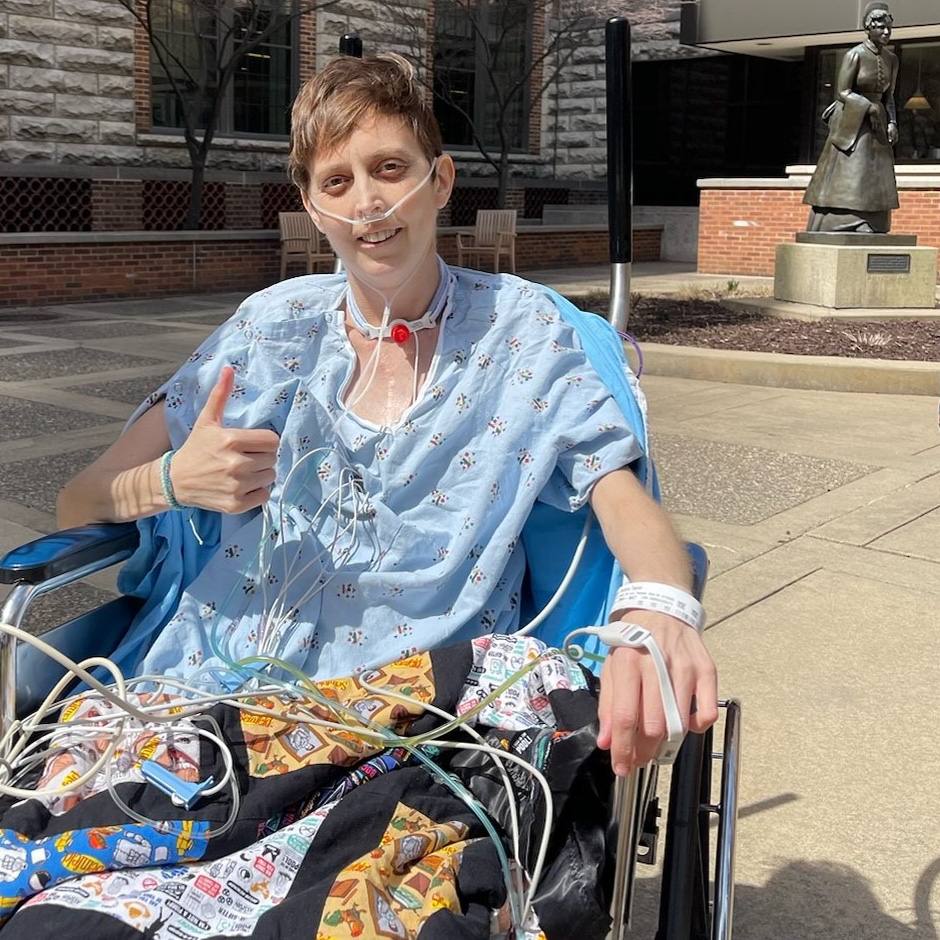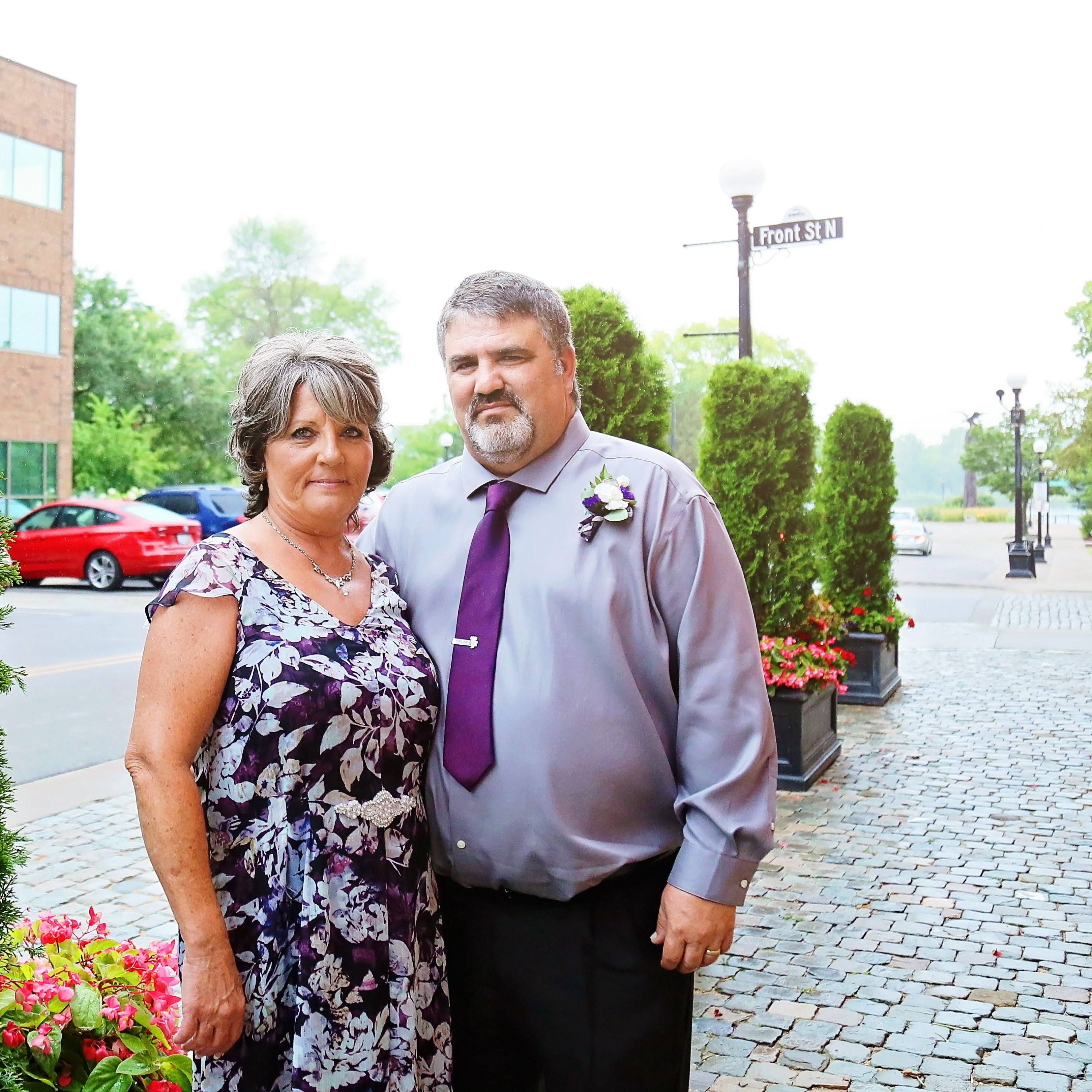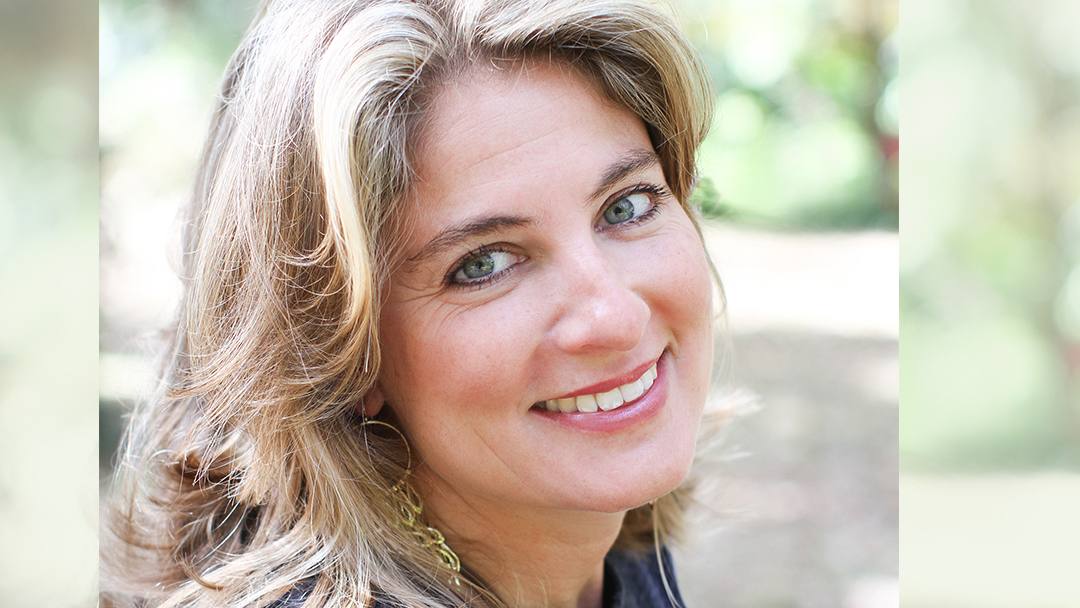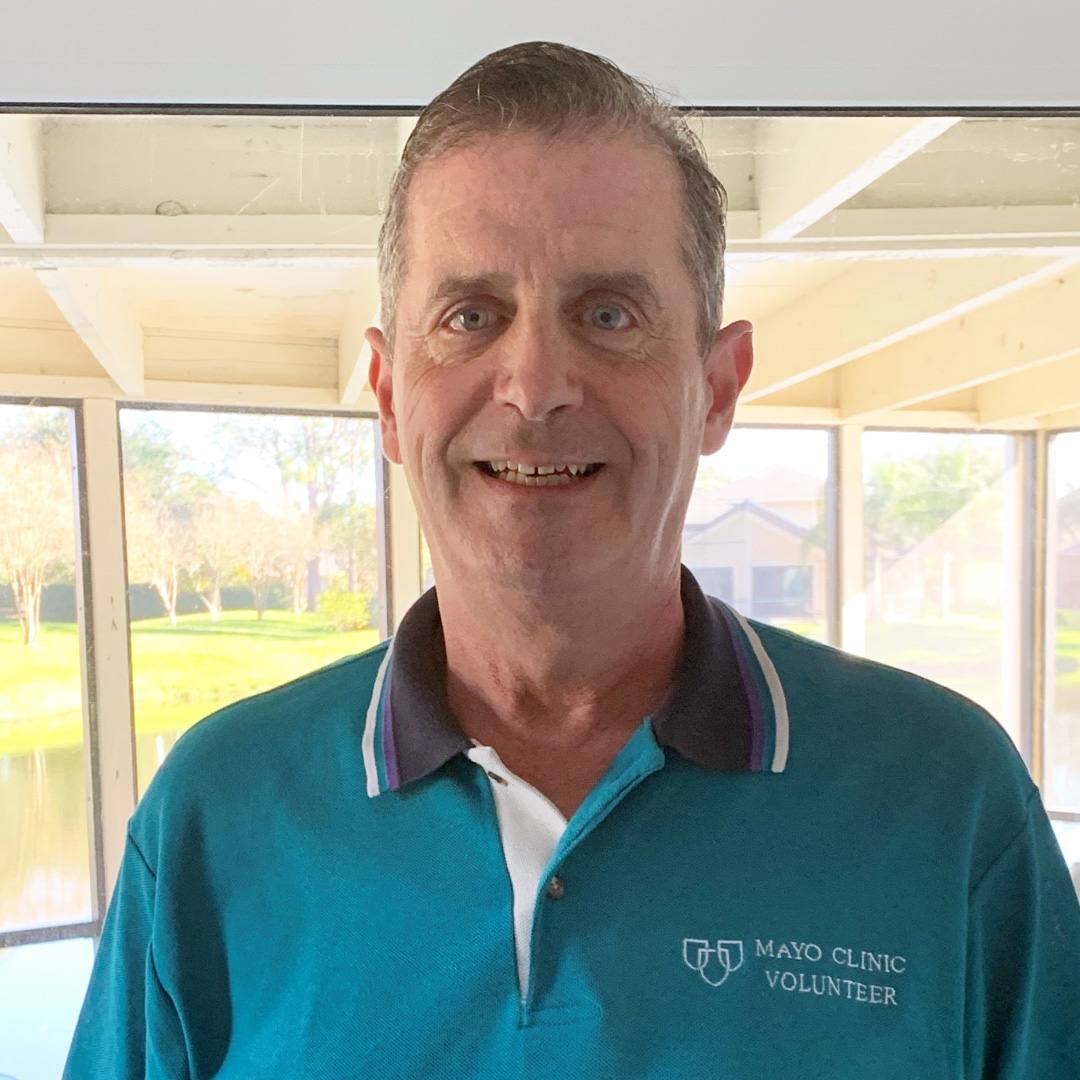-
Sharing Mayo Clinic
Kidney Stone Clinic Helps Kathleen Ryan Overcome a Daunting Health Challenge
After years of enduring pain from frequently passing kidney stones, Kathleen Ryan now enjoys a better quality of life thanks to cutting-edge imaging technology and a comprehensive treatment plan at Mayo Clinic's Kidney Stone Clinic.
Over the past five years, Kathleen Ryan has passed more than 200 kidney stones — deposits of minerals and salts that form inside the kidneys and can cause pain when they pass through the ureter to the bladder.
Kathleen diligently sought help for her condition. But despite a thick binder documenting each stone and the severe pain that accompanied it, the North Florida resident was unable to find a workable solution prior to coming to Mayo Clinic.
"I would bring in research about modifying my diet to my appointments, and the doctors would say, 'You're welcome to try that if you want,'" Kathleen says. "They told me I was prone to kidney stones and needed to drink more water. They wanted to put me on different medications. But when they explained that one of the side effects was kidney failure, I declined."
She was at a loss for what to do. Then Kathleen learned about Mayo's Kidney Stone Clinic. An appointment there set in motion changes that would alter the course of Kathleen's condition and provide her with much-needed relief.
Coping with discomfort and disruption
Throughout the years Kathleen had to endure them, the recurring kidney stones took a significant toll on her quality of life. When she worked as a sales manager for a hotel chain and traveled to give presentations, Kathleen often would have to excuse herself when she felt she was about to pass a stone.
"When the stones move around and drop from my kidney to the ureter, I feel terrible pain," she says. "And with the real big ones, I literally cry."
In another job, as director of business development for a food purveyor, Kathleen spent a lot of time traveling to visit clients. As she was driving, she would frequently have to stop to pass a stone.
Uncovering answers
Despite Kathleen's efforts to find effective treatment, the stones continued to form. Then while accompanying a family member to Mayo Clinic's Florida campus, Kathleen's mother saw a digital billboard with information about the Kidney Stone Clinic. She gave that information to Kathleen.
Kathleen decided to give Mayo Clinic a try. She called and made an appointment with nephrologist William Haley, M.D. Her first consult in summer 2016 gave her hope.
"He looked through the big binder I created to document all of my kidney stone incidents since 1997, and he said, 'Ms. Ryan, I'm going to help you get rid of them,'" Kathleen recalls.
"Our ultimate goal is to stop events by halting new stone formation and existing stone growth." — William Haley, M.D.
Dr. Haley and his colleagues in the Kidney Stone Clinic are familiar with cases like Kathleen's, and he was confident they knew what to do to help her.
"Some people have more of a tendency to produce stones than others," Dr. Haley says. "This, together with certain environmental influences, may yield chemistry conducive to crystal growth resulting in stone formation."
The Kidney Stone Clinic focuses on improving the patient's urine chemistry in cases such as Kathleen's by taking a comprehensive look at their kidney stone history, as well as their current situation.
"Our ultimate goal is to stop events by halting new stone formation and existing stone growth," Dr. Haley says.
Realizing relief
Blood tests, urine tests and imaging scans revealed that Kathleen was producing a type of kidney stone called calcium oxalate stones.
"We have the benefit of having cutting-edge imaging technology, which helps us determine what kidney stones are made of," Dr. Haley says. "We also utilize stone analysis through the Mayo Minerals Lab. Both are very helpful in creating a treatment plan."
"I can't say enough great things about Dr. Haley. He's taken one of my biggest health challenges and taken care of it. He's given me a quality of life that's much better." — Kathleen Ryan
To reduce the number of kidney stones Kathleen's body makes, Dr. Haley put her on a diet that strictly limited high-oxalate foods, such as spinach, dark chocolate and soy products. He also recommended she increase the amount of calcium in her diet in the form of low-fat dairy foods, reduce her intake of animal protein, and drink more water.
During the first 10 months Kathleen was on the diet, the difference was dramatic. She only passed four stones, compared to passing several stones daily or weekly before starting on the new diet. Kathleen says the change has improved her life considerably.
"I can't say enough great things about Dr. Haley. He's taken one of my biggest health challenges and taken care of it," Kathleen says. "He's given me a quality of life that's much better."
HELPFUL LINKS
- Learn more about kidney stones.
- Read about kidney stone care at Mayo Clinic.
- Check out the Division of Nephrology and Hypertension.
- Explore Mayo Clinic's Florida campus.
- Request an appointment.
Related Articles








